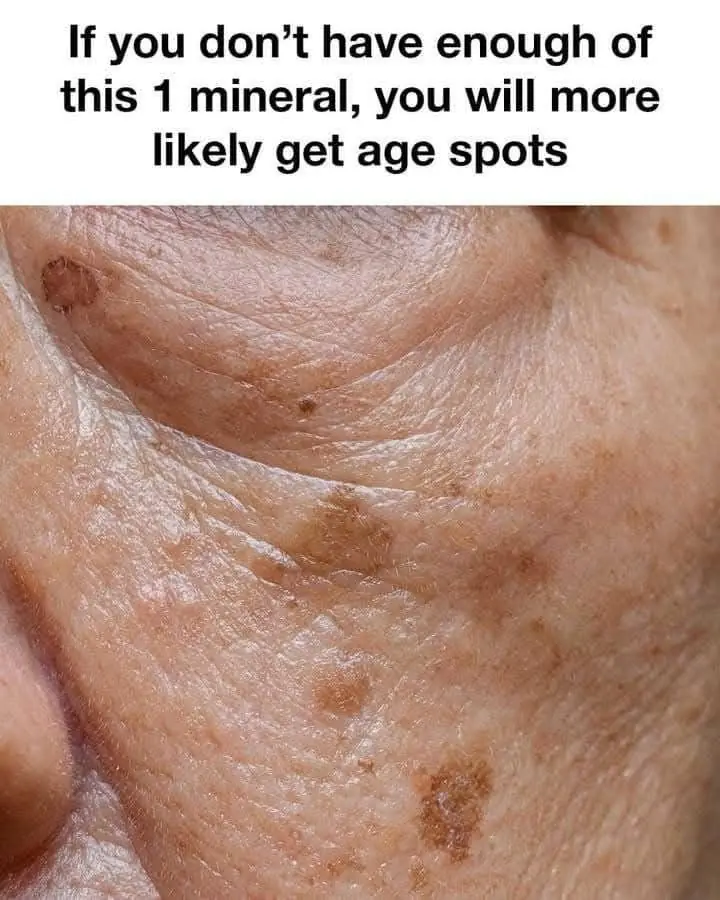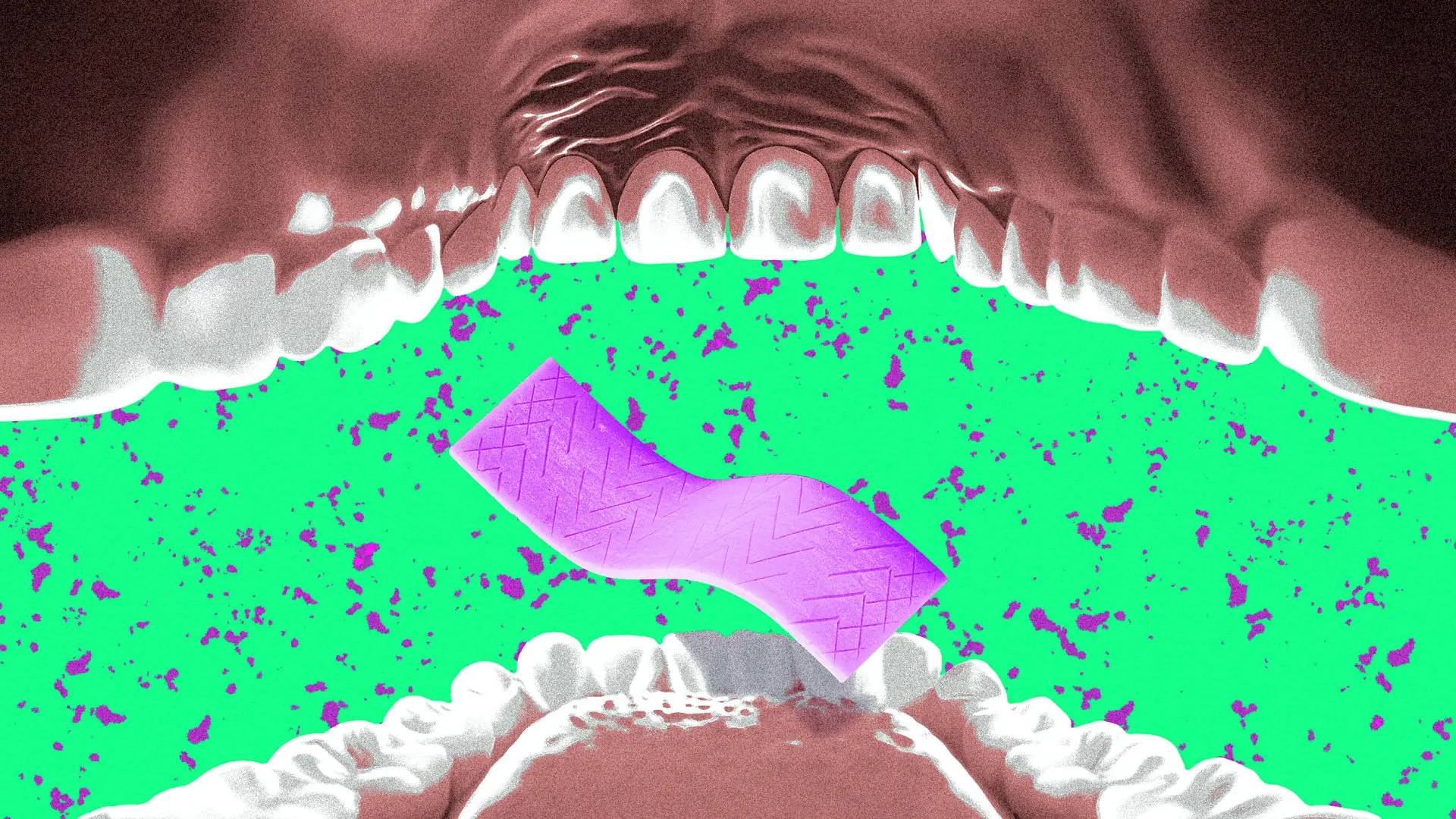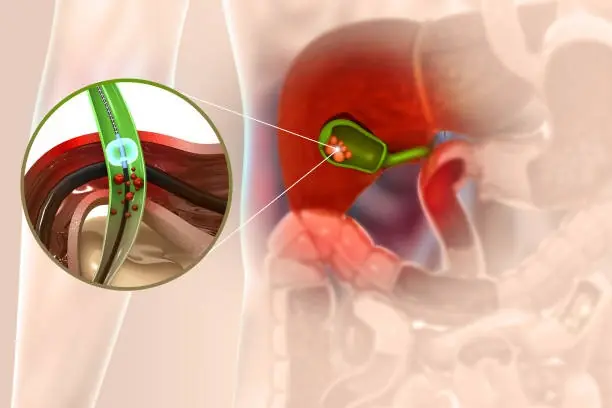Fungal infections have long been overlooked in global health discussions, but the World Health Organization (WHO) has recently made a significant move in recognizing their growing threat. In a historic first, the WHO has issued its first-ever reports on the tests and treatments for fungal infections, highlighting the urgent need for greater attention to this often-neglected area of healthcare. With the rise in global health challenges and an increase in antifungal resistance, these reports shed light on the importance of improving the diagnosis, treatment, and prevention of fungal diseases that affect millions of people worldwide.
Fungal infections are caused by a variety of fungi, including molds, yeasts, and other microscopic organisms. These infections can range from superficial conditions, such as athlete’s foot or ringworm, to life-threatening diseases like cryptococcal meningitis, invasive candidiasis, and aspergillosis. For individuals with compromised immune systems—such as those with HIV/AIDS, cancer patients undergoing chemotherapy, or organ transplant recipients—fungal infections can be particularly deadly. Yet, despite their significant impact, fungal infections have received far less attention compared to bacterial, viral, or parasitic diseases.

One of the key issues highlighted in the WHO’s reports is the growing threat of antifungal resistance. Much like antibiotics used to treat bacterial infections, antifungal drugs are crucial in managing and curing fungal diseases. However, the overuse and misuse of antifungal medications, especially in healthcare settings, have led to the development of resistant fungal strains. This resistance is making some infections harder to treat, leading to increased mortality rates and longer hospital stays. The WHO has emphasized the need for improved stewardship of antifungal medications to slow the development of resistance and ensure that these drugs remain effective.
The WHO reports also underscore the importance of early diagnosis in treating fungal infections. Many fungal diseases, particularly those that are invasive, can be difficult to diagnose because their symptoms often resemble those of other infections or diseases. In some cases, physicians may fail to consider a fungal infection as a potential cause of illness, leading to delayed or incorrect diagnoses. The WHO’s report calls for increased access to rapid, accurate diagnostic tests to help healthcare providers identify fungal infections early and begin appropriate treatment. The organization also highlights the need for more affordable diagnostic tools, as many of the available tests are expensive and not widely accessible, particularly in low- and middle-income countries.
In addition to diagnostics, the WHO has emphasized the importance of improving treatment options for fungal infections. While antifungal drugs exist, their availability, cost, and effectiveness vary widely across different regions of the world. In many low-resource settings, the lack of access to life-saving antifungal treatments contributes to high mortality rates. The WHO’s report calls for international collaboration to ensure that effective and affordable treatments are available to all patients, regardless of their geographic location or financial status. This includes supporting the development of new antifungal drugs, particularly those that are effective against resistant strains, and ensuring that existing treatments are more widely distributed and accessible.
The WHO’s reports also urge governments and healthcare organizations to prioritize fungal infections in public health agendas. For too long, fungal diseases have been underfunded and under-researched, with many governments focusing their resources on diseases that are perceived as more urgent or high-profile. However, as the WHO points out, the rising burden of fungal infections—especially in vulnerable populations—demands immediate action. Increased investment in research, as well as public awareness campaigns, are essential to addressing this growing health threat.
In addition to improving diagnosis and treatment, the WHO highlights the importance of prevention efforts. Invasive fungal infections, in particular, are often acquired in hospital settings, where patients with weakened immune systems are at heightened risk. Implementing infection control measures, such as improving hygiene practices and reducing unnecessary use of antifungal drugs, can help limit the spread of fungal infections in healthcare settings. Public health education campaigns that promote awareness of the risk factors for fungal infections and how to reduce them can also play a crucial role in preventing these diseases.
The WHO’s reports mark a turning point in the global fight against fungal infections. By acknowledging the severity of the problem and advocating for better diagnostic tools, treatment options, and prevention strategies, the WHO is calling for urgent global action to combat the rising threat of fungal diseases. As the world continues to grapple with the effects of the COVID-19 pandemic and other health crises, the importance of addressing fungal infections has never been clearer. With increased attention, investment, and collaboration, it is possible to improve the diagnosis, treatment, and prevention of fungal infections, ultimately saving countless lives and reducing the global burden of these often-overlooked diseases.
In conclusion, the WHO’s first-ever reports on tests and treatments for fungal infections are a vital step in raising awareness and driving action on this critical issue. Fungal infections are a growing global health threat, and the WHO’s call for improved diagnostic tools, treatment options, and prevention strategies is essential in addressing this challenge. With concerted effort from governments, healthcare providers, and international organizations, it is possible to reduce the impact of fungal infections and save lives around the world.































